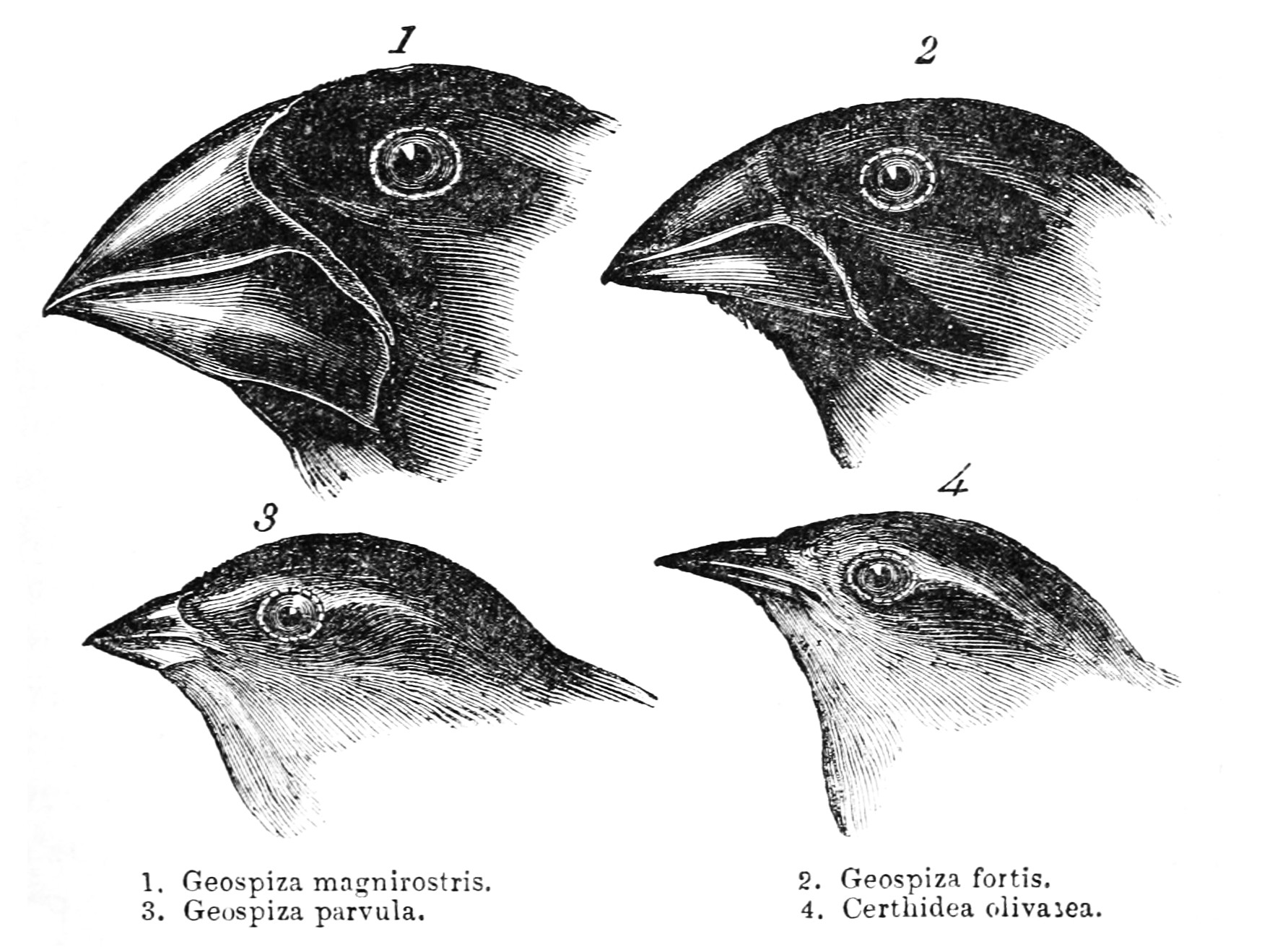
Host–parasite coevolution
Host–parasite coevolution is a special case of coevolution, where a host and a parasite continually adapt to each other. This can create an evolutionary arms race between them. A more benign possibility is of an evolutionary trade-off between transmission and virulence in the parasite, as if it kills its host too quickly, the parasite will not be able to reproduce either. Another theory, the Red Queen hypothesis, proposes that since both host and parasite have to keep on evolving to keep up with each other, and since sexual reproduction continually creates new combinations of genes, parasitism favours sexual reproduction in the host.
The genetic changes involved are changes in frequencies of alleles, variant forms of individual genes, within populations. These are determined by three main types of selection dynamics: negative frequency-dependent selection when a rare allele has a selective advantage; heterozygote advantage; and directional selection near an advantageous allele. A possible result is a geographic mosaic in a parasitised population, as both host and parasite adapt to environmental conditions that vary in space and time.
Host–parasite coevolution is common in the wild, in humans, in domesticated animals, and in crop plants. Major diseases such as malaria, AIDS and influenza are caused by coevolving parasites.
Model systems for the study of host–parasite coevolution include the nematode Caenorhabditis elegans with the bacterium Bacillus thuringiensis; the crustacean Daphnia and its numerous parasites; and the bacterium Escherichia coli and the mammals (including humans) whose intestines it inhabits.
Overview[edit]
Hosts and parasites exert reciprocal selective pressures on each other, which may lead to rapid reciprocal adaptation. For organisms with short generation times, host–parasite coevolution can be observed in comparatively small time periods, making it possible to study evolutionary change in real-time under both field and laboratory conditions. These interactions may thus serve as a counter-example to the common notion that evolution can only be detected across extended time.[1]
The dynamics of these interactions are summarized in the Red Queen hypothesis, namely that both host and parasite have to change continuously to keep up with each other's adaptations.[2]
Host–parasite coevolution is ubiquitous and of potential importance to all living organisms, including humans, domesticated animals and crops. Major diseases such as malaria, AIDS and influenza are caused by coevolving parasites. Better understanding of coevolutionary adaptations between parasite attack strategies and host immune systems may assist in the development of novel medications and vaccines.[1]